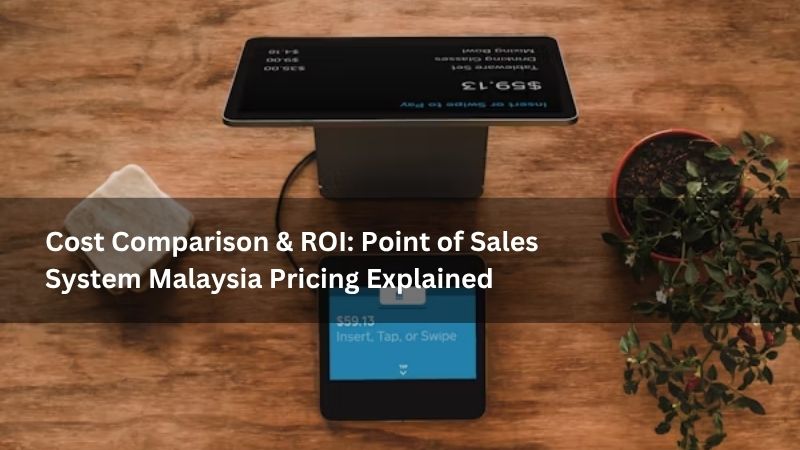In the manufacturing world, precision is the difference between excellence and error. As production processes evolve, so too do the tools used to ensure product quality. The Video Measuring Machine has become an essential tool in modern manufacturing, promising higher accuracy, speed, and versatility over traditional methods. This article presents a detailed comparison between Video Measuring Machines and conventional measurement tools, helping manufacturers choose the most suitable option for their operations.
Introduction to Measurement Tools in Manufacturing
Measurement is the cornerstone of quality control in manufacturing. From small components in electronics to large aerospace parts, accurate measurement ensures compliance with specifications and reduces defects. For decades, industries have relied on traditional tools like calipers, micrometers, and coordinate measuring machines (CMMs). However, the introduction of the Video Measuring Machine has redefined how manufacturers approach dimensional inspection and quality assurance.
As manufacturers strive for better precision and shorter lead times, understanding the benefits and limitations of both traditional tools and video-based systems is vital.
What is a Video Measuring Machine?
A Video Measuring Machine (VMM) is an advanced, non-contact inspection system that uses optics, high-resolution cameras, and software to measure the dimensions of parts. Unlike manual tools that rely on physical contact and operator skill, a Video Measuring Machine uses video imaging to analyze features like length, width, radius, and angles with sub-micron precision.
Typically used in high-precision industries such as electronics, automotive, medical devices, and aerospace, VMMs can inspect complex geometries quickly and reliably. Systems like those offered by Hansvue are built with cutting-edge technologies, providing unmatched performance, automation, and ease of use.
With a Video Measuring Machine, manufacturers can reduce human error, increase productivity, and streamline their quality control processes.
Traditional Measurement Tools: An Overview
Traditional measurement tools remain widespread in many workshops and factories due to their simplicity, cost-effectiveness, and ease of use. Common tools include:
-
Vernier Calipers: Used for measuring internal and external dimensions.
-
Micrometers: Offer more precision for smaller dimensions.
-
Dial Indicators: Useful for checking runout and flatness.
-
Height Gauges: Employed for vertical measurements.
-
CMMs (Coordinate Measuring Machines): Provide 3D measurements, usually by probing.
While these tools have served industries well for decades, they come with limitations. Manual tools rely heavily on operator skill and often struggle with complex parts. Contact-based methods can also deform soft or delicate components.
In contrast, a Video Measuring Machine operates without physical contact, providing a non-invasive and highly accurate alternative to manual inspection methods.
Accuracy and Precision: Video Measuring Machines vs. Traditional Tools
Accuracy and precision are where the Video Measuring Machine truly excels over traditional methods. Conventional tools have limited resolution and are susceptible to human error, whereas VMMs leverage digital imaging and advanced optics to achieve sub-micron accuracy.
Key differences include:
Consistency: VMMs offer repeatable results regardless of operator skill.
Resolution: High-resolution cameras can detect features that are invisible to the naked eye.
Non-contact Measurement: There’s no risk of scratching or damaging fragile components.
Complex Geometries: VMMs can measure curves, angles, and intricate shapes that traditional tools cannot.
Hansvue’s systems, for instance, use precision optics, programmable stages, and software algorithms to deliver consistently accurate measurements, making them ideal for industries with zero-defect manufacturing standards.
Video Measuring Machines: Cost-Benefit Analysis
When comparing a Video Measuring Machine to traditional tools, the initial investment in a VMM might seem high. However, long-term benefits often outweigh the upfront cost.
Consider the following:
Reduced Labor Costs: Automation minimizes the need for skilled operators.
Lower Scrap Rates: Improved accuracy leads to fewer defective products.
Faster Production Cycles: Speeds up inspection processes.
Data Integration: Digital records simplify audits and traceability.
While calipers and micrometers are inexpensive, they are not scalable solutions for complex manufacturing environments. In contrast, a Video Measuring Machine provides long-term ROI through enhanced productivity, accuracy, and quality assurance.
Hansvue’s video measuring systems are competitively priced and come with support services that ensure smooth implementation and training.
Case Studies: Transitioning to Video Measuring Machines
Many manufacturers have successfully transitioned from traditional tools to VMMs, especially when seeking to improve quality control and reduce inspection times.
Case 1: Electronics Manufacturer
An electronics manufacturer used micrometers to inspect PCB components. After switching to a Video Measuring Machine from Hansvue, the company reduced inspection time by 70% and improved accuracy by eliminating human error.
Case 2: Medical Device Company
A firm producing orthopedic implants faced issues with inconsistent manual measurements. Adopting a Hansvue CNC Video Measuring Machine allowed them to perform automated batch inspections with complete data traceability.
Case 3: Automotive Supplier
An automotive parts supplier integrated a VMM into their production line, enabling real-time measurements and immediate quality feedback. This eliminated rework and ensured on-time delivery.
These examples highlight how the Video Measuring Machine has transformed quality control, proving its value in various industrial sectors.
Conclusion
Choosing between traditional tools and a Video Measuring Machine comes down to your production needs, required accuracy, and long-term cost-efficiency. While traditional tools are practical for basic tasks, they fall short in speed, precision, and scalability. The Video Measuring Machine, especially those from Hansvue, offers unmatched advantages in modern manufacturing.
By integrating a VMM into your workflow, you gain faster inspections, higher product quality, and digital traceability—ensuring your operation stays competitive in an increasingly precise industry.









